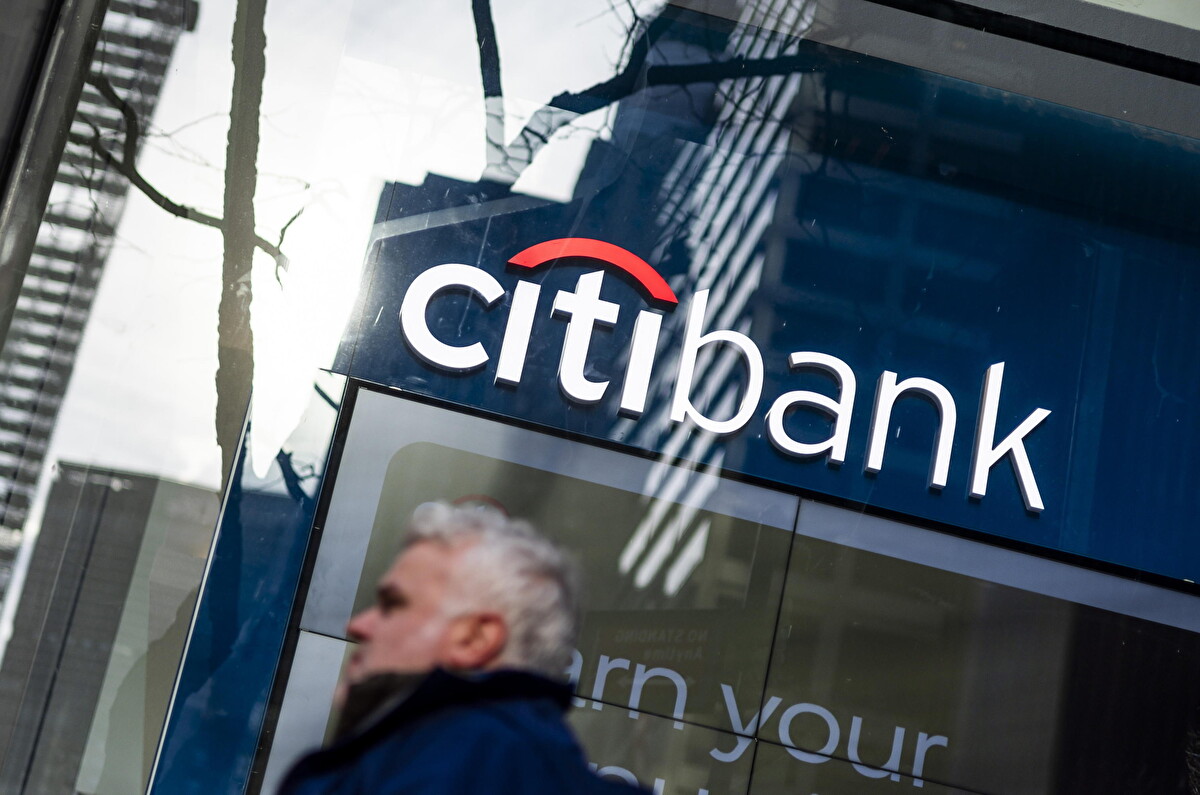Memories of the Dismal Science (as disappointed economists on occasion describe their trade) are short. People quickly forget what it was like to live with exchange control, frozen credit and runaway inflation. Try and ask your average politician or communicator what people such as John Maynard Keynes, Robert Triffin, Roy Harrods, Maxwell Stamp or Giovanni Magnifico had in common, and you are likely to be confronted with a blank stare.
With luck, perhaps, some may name Keynes, although the chances are that he will be wrongly labeled by populists as a free-spending leftist, which he was categorically not. The British author of the General Theory of Employment, Interest, and Money, like the names of his fellow economists mentioned above and many others, clearly saw the period between the last century’s world wars and then again just before World War ended with the Japanese nuclear holocaust, that the international monetary system was broken.
The Gold Exchange Standard, where economic stability that was essential for international trade was underpinned by physical possession by central banks of gold ingots in addition to credits of gold-convertible currencies, was clearly untenable and crying out for reform. Keynes, in a sense, like the inventor of the Esperanto as a universal language, was too far ahead of his times. In 1944, at the Bretton Woods conference with the IMF and the World Bank, he proposed that the archaic use of gold as a standard of value should be dropped and left to jewelers.
A synthetic world currency, to be called the bancor, under the strict governance of the nascent UN, Keynes argued, would impartially ensure stability and liquidity as required. The United States, however, had different ideas. Keynes’ plan was curtly dismissed as an English eccentricity. In the postwar world largely in ruins, while an exhausted Britain was struggling with decolonization and food-rationing, liquidity for reconstruction, via the Marshall and European Recovery Plan, could only come from America.
On account of this situation, the hybrid “gold-exchange standard” became known as the Dollar Standard. Paper dollars were as good as gold. Banknotes contained the Treasury’s promise to convert unlimited amounts of greenbacks on demand at the rate of 35 dollars per ounce of fine gold. Given the strength of the U.S. economy – or so optimists assumed – there was no reason why this convenient arrangement could not continue indefinitely. They were wrong.
It came as a shock – to Americans but even more so to America’s allies – when President Nixon, on August 15, 1971, went on TV to announce that, due to the Vietnam War escalating costs and in order to prioritize American interests, he was “suspending” the link between the dollar and gold. In reality, the dollar left floating, was sharply devalued. For the Bretton Woods agreements attempting to set up a rules-based monetary equilibrium, the U.S. decision was a death knell.
Since then, free-floating rates of exchange and instability have been the norm.
For over half a century, European, and now also BRICS and Global South leaders, have inveighed out of frustration against the U.S. dollar’s “exorbitant privilege” as the world’s primary reserve. They complain about the once widely accepted presumption of American exceptionalism. They bemoan a U.S. they accuse (sometimes unfairly) of drawing freely on the rest of the world to support their overstretched standards of living.
Is there an alternative to the greenback contested pre-eminence? The answer is counterintuitive. The world has plenty of reasons to want strong alternatives to the Washington vagaries that make the dollar’s value unpredictable. An example is the farcical stand-offs over whether to lift or not to lift a cap on the U.S. national debt, which, if not raised, could result in default, endangering Treasuries status with potentially devastating effects on a global scale. Paradoxically, however, the dollar’s lead over its closest rivals is growing. It accounted, according to The Economist, for 47% of cross-border payments made last January.
Meanwhile the euro’s share of Forex trades dropped from 38% to 31%. China instead gained ground, while Central banks are starting to mint their own digital currencies. The People’s Bank of China in June 2023 hit a total transaction volume of $ 250 billion. Something, in the battle to dethrone the dollar, is happening. But the outcome is unclear. Interesting times.












